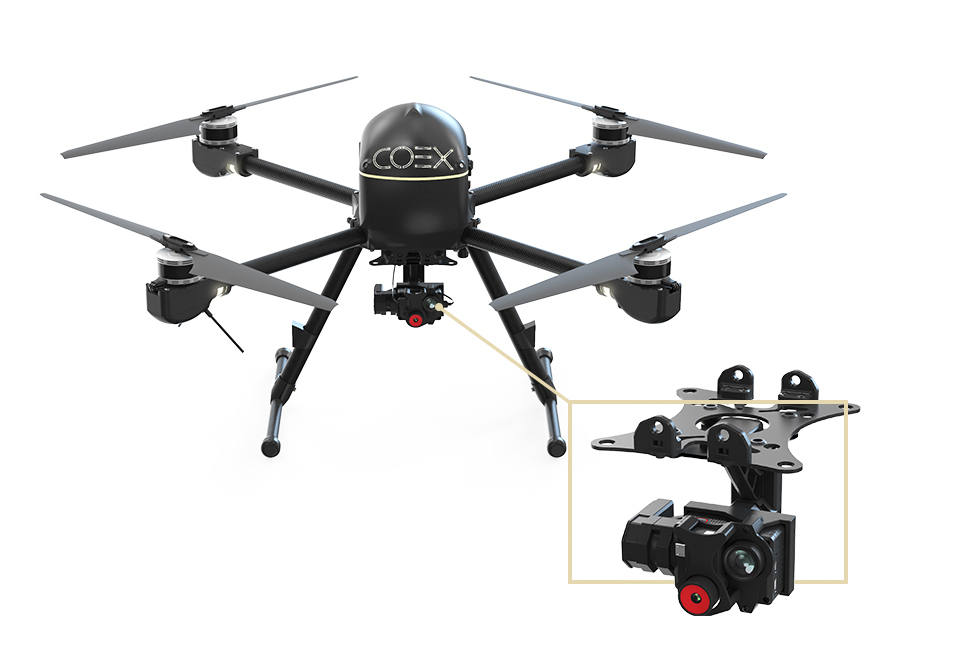
For example, a limited number of papers validated the models, casting doubt on the potential of the models for generalized application. The literature also displays significant limitations in terms of its applications of the ML algorithms. There is no evidence that any particular ML method is more suited to this problem. Accuracy also increases with the proximity of the sensor to the field, i.e., on average accuracy is higher using field spectroscopy than using satellite data. This accuracy increases with the number of field samples until it plateaus, hinting at the existence of an optimum level for monitoring efforts. In all approaches used by the authors of the papers herein considered, the number of field samples, RS data source, and species composition of the grassland systems are the most relevant variables to explain the estimation accuracy. In spite of a surge in the number of papers and application examples, there is no evidence that the estimation performance of the algorithms has been improving over time. In order to identify the relation between the characteristics of the studies and the estimation accuracy, we use descriptive and correlation analysis. Based on 26 recent papers, we perform a literature review of the topic to identify common practices, namely the relation between estimation performance and the ML method used, data sources, and scale (local/regional). Here, we review the use of ML methods applied to aboveground biomass (AGB) estimation in grassland systems. Available algorithms range from a primarily academic use to more widespread practical applications intended at helping farm management. The study of grasslands using machine learning (ML) methods combined with proximal/remote sensing data (RS) has been steadily increasing in the last decades. Multiple UAV measurements can identify the fine-scale phenological variability in complex mixed grass/shrub vegetation. The multi-temporal analyses identified differences in the seasonal timing of green-up and senescence within herbaceous and sagebrush classes.

Peak green-up varied by 2–4 weeks within the scenes, and sparse vegetation classes had only a short detectable window of active phtosynthesis therefore, a single flight could not capture all vegetation that was active across the growing season. Accuracy increased from 50.6 to 61.4% at the drier site, while at the more mesic/densely vegetated site, we found an increase of 59.0 to 64.4% between a single and multiple flights over the growing season. Classification accuracy based on reference data increased by 5–10% between a single flight and scenarios including all conducted flights. We tested four flight frequencies during the growing season. We tested the ability of UAVs to measure phenological variability within vegetation functional groups and to improve classification accuracy at two sites in Montana, U.S.A. Unpiloted aerial vehicles (UAVs) can measure vegetation spectral patterns relatively cheaply and repeatably at fine spatial resolution. Grasslands and shrublands exhibit pronounced spatial and temporal variability in structure and function with differences in phenology that can be difficult to observe.

If UAS are to increasingly provide data for important or complex challenges, they must be effectively utilized.

Second, there is still a considerable variability in the UAS sensor data methods described in UAS applications in natural resources, with fewer than half of the publications including an incomplete level of detail to replicate the study. First, while each discipline exhibited similarities among their data collection and processing methods, best practices were not referenced in most instances. Two distinct conclusions were summarized from the over 120 UAS applications reviewed for this research.

In this review of literature published between 20, UAS applications in forestry, freshwater ecosystems, grasslands and shrublands, and agriculture were synthesized to discuss the status and trends in UAS sensor data collection and processing. Despite these achievements, only minimal progress has been made in (1) establishing standard operating practices and (2) communicating both the limitations and necessary next steps for future research.
#DRONE FOR GITUP CAMERA SOFTWARE#
With their associated hardware and software technologies, UAS sensor data have provided high resolution and high accuracy results in a range of disciplines. Unmanned Aerial Systems (UAS, UAV, or drones) have become an effective tool for applications in natural resources since the start of the 21st century.


 0 kommentar(er)
0 kommentar(er)
